In a consumer environment where popularity is the basis of everything, Robin Swithinbank declares that now is the time for the watch industry to stop peddling watchmaking.
I recently came across the American behavioural economist Cass Sunstein’s theory of ‘network effects’. Within it is the idea that things and ideas are valueless until they’re shared, whereupon they’re validated. By extension, the theory poses that as those things or ideas become popular, they’re only likely to become more popular.
This isn’t by chance or some kind of osmosis, Mr Sunstein argues, but a symptom of a semi-conscious, or sometimes conscious, decisions made by people to agree, or at least to try and agree with what others have already declared to be good, cool, worthy of attention and so on.
There is comfort in being part of the tribe, after all.
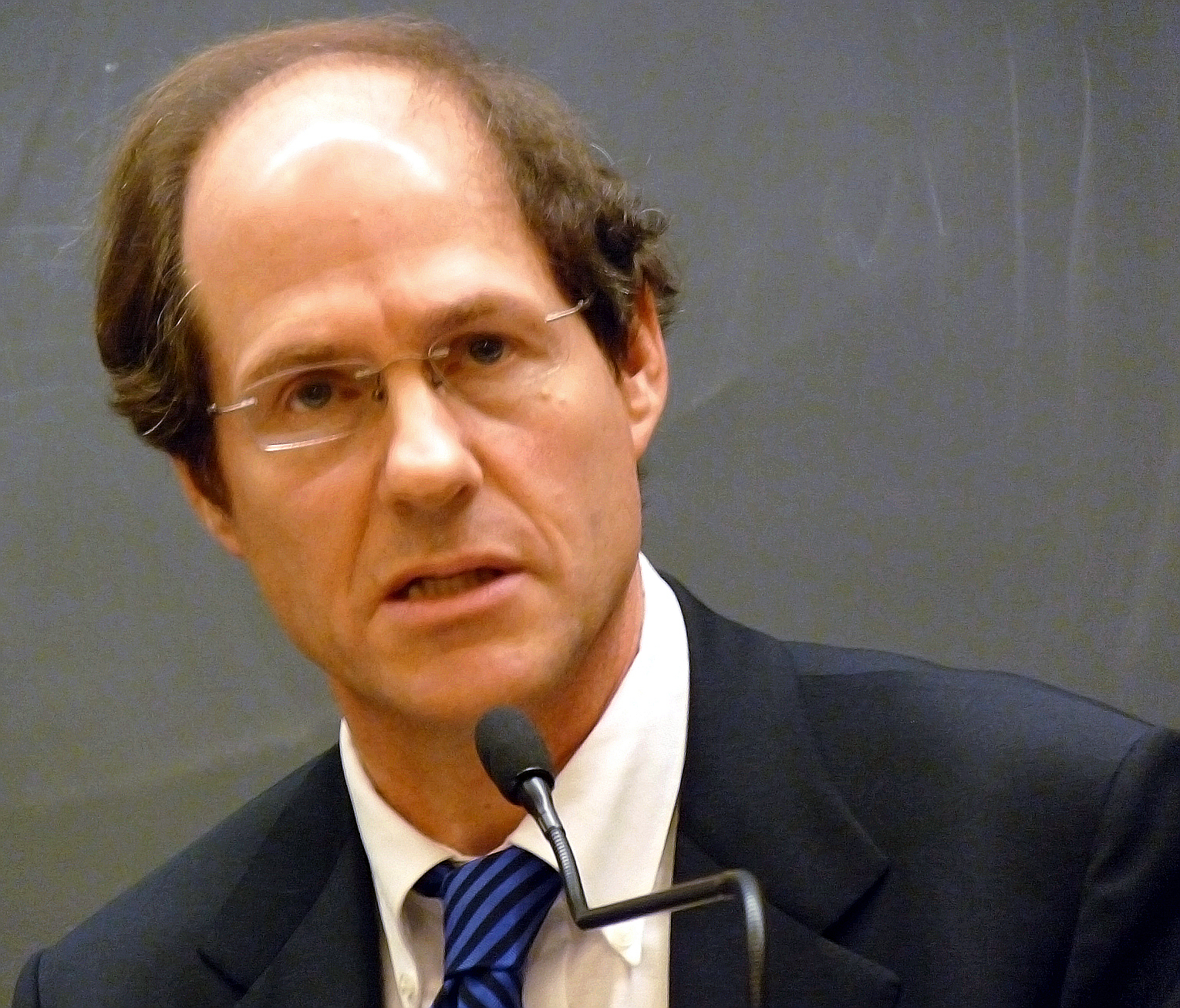
Mr Sunstein’s theory reminded me of a very enjoyable hour I spent at Geneva Watch Days at the beginning of September with the genial chief executive of Greubel Forsey, Antonio Calce.
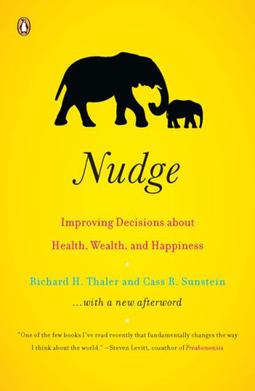
A bit of background, before I explain why.
Mr Calce, as many will know, is no shrinking violet. The 55-year-old Swiss last headed up Girard-Perregaux until he fell out with Francois-Henri Pinault over Kering’s decision to merge the company with Ulysse Nardin.
An “unacceptable” decision, Mr Calce maintains. He joined Greubel Forsey in 2020.
In only two years, he has rejuvenated the company, not just with a cogent collection of new (and much more wearable) references, but also with fresh storytelling.
We settled on this second point for a moment, airing the view that large sections of the watch industry are still labouring under the impression that watchmaking, as in the practice of being eyes-down over a workbench, is somehow popular, when actually, it’s not.
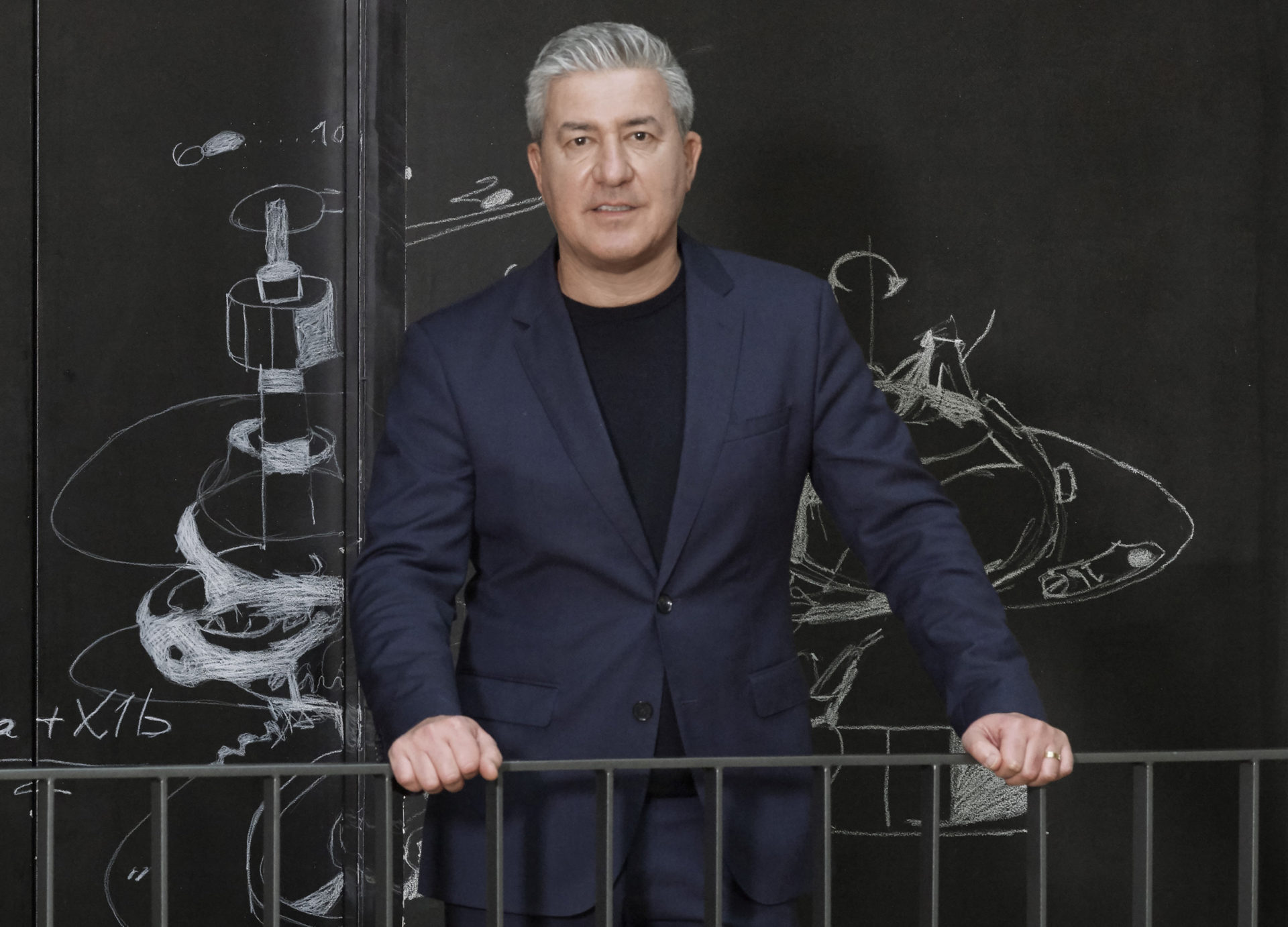
Really — and let’s be frank — it isn’t. If it were, the publisher Future, flush with nine-figure profits, may have tried to buy the BHI’s Horological Journal and use it to plump up its portfolio alongside The Week, Country Life and GoCompare. But it hasn’t. And, no sleight on the HJ, it won’t.
Which makes it all the more astonishing that so many brands continue to peddle watchmaking, deifying it as some kind of magical elven craft the rest of the world should be utterly beholden to.
Greubel Forsey, once the owner of a website so dry it would desiccate the rainforest, is now pushing its watches with films featuring a chisel-jawed world-traveller type exploring the Namibian desert. Not a pair of watchmaking tweezers in sight.
Communications designed around faceless watchmakers hunched over a petri dish of watch components, loupe stuck in place like a remedial monocle, are, to use Mr Calce’s words, “boring, boring, boring”.
And, I’m afraid, he’s right.
That a silver-haired man in charge of one of the industry’s most unapologetically watchmakery of watchmakers might declare this so emphatically should be a lesson.
Greubel Forsey, once the owner of a website so dry it would desiccate the rainforest, is now pushing its watches with films featuring a chisel-jawed world-traveller type exploring the Namibian desert. Not a pair of watchmaking tweezers in sight.
What’s that got to do with watchmaking? Nothing, clearly. But it’s got a lot to do with being popular: specifically, aspiration, experience, entertainment, romance and the idea that ownership of a luxury watch might just fit into a life worth living.
The rethink has topped up Mr Calce’s ambitions. Greubel Forsey was shifting around 100 watches a year when he arrived in 2020. This year, he’s forecasting 200, and by the end of 2026 expects that number to have jumped to 500.
To do that, yes, he’s got to make his million-dollar watches more affordable, and he is (remembering that everything’s relative), but he’s also got to make them more popular.
And that won’t happen by taking more pictures of workshop floors and making CAD films that fly the viewer through a movement. Oh look, a giant balance wheel! Here’s my Centurion Black card!
Greubel Forsey isn’t the pioneer, here. This isn’t its template. Rolex, Omega and TAG Heuer figured this out more than half a century ago. It’s why they are where they are. But a step-change by a member of watchmaking’s elite is significant.
Lately, Zenith, Vacheron Constantin and IWC have got the memo, too. Or look at Hermès. Or Oris. The latter touts its perennial enthusiasm for mechanical watches as hard as anyone, but it abandoned the men in white coats marketing strategy years ago. And the business appears to be growing nicely. Oris watches are, to go back to Mr Sunstein’s network effects theory, becoming more popular as they become more popular.
The question becomes why more brands aren’t jumping on the popularity bandwagon. Or, if they are, why it’s not working.
The answer? I’m not sure I know, but if we can avoid the lazy “because they’re Swiss” bromide, some of it will come down to pride. Pride in tradition. Pride in purism. Pride in doing things the way they’ve always been done.
Pride, as any sentient being will know, is a pest.
To flip the mirror, the same challenge faces those in my line of work. As an example, I recently played golf in a Pro-Am alongside a 20-something influencer, who in two years had learned golf via the internet and amassed 130,000 followers on Instagram tracking her story.
From what I could establish, her audience tuned in to watch her unboxing golf gear and reviewing it with startling insights such as “so cool” and “unreal”. Anathema to a hack who’s spent years crafting (you heard) 1,000-word columns for influential newspapers and magazines.
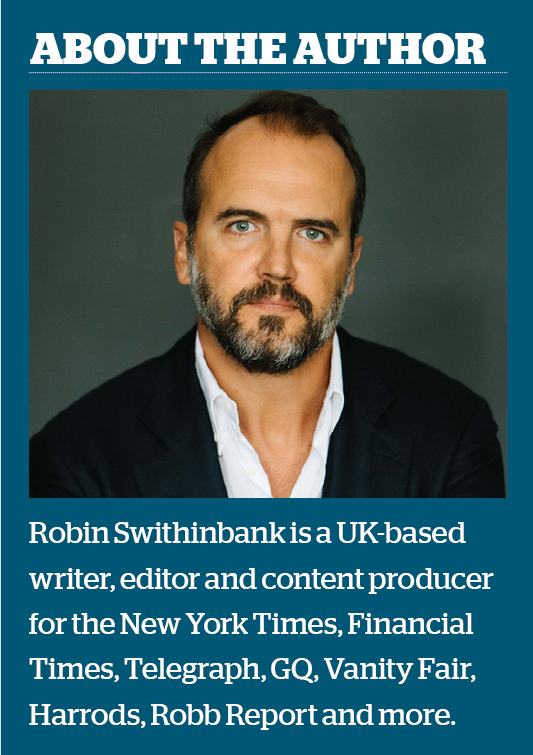 And her reward? Deals with TaylorMade, American Golf and Adidas, as well as overtures from TAG Heuer.
And her reward? Deals with TaylorMade, American Golf and Adidas, as well as overtures from TAG Heuer.
It would be easy to write this off as perplexing, infuriating and/or mindless, but then by means I may not be able to fathom, she has worked out how to become that most important of things in the world of buying and selling stuff: popular. And by being popular, she will become more popular. That’s how network effects work.
There is no apply-to-all solution, but if Switzerland’s watch companies are to thrive in a world of iconoclasts and become more than a footnote in global commerce, they would be wise to grasp the theory of network effects.
Popularity might feel cheap, but if it breeds more popularity, its value will be transformational.

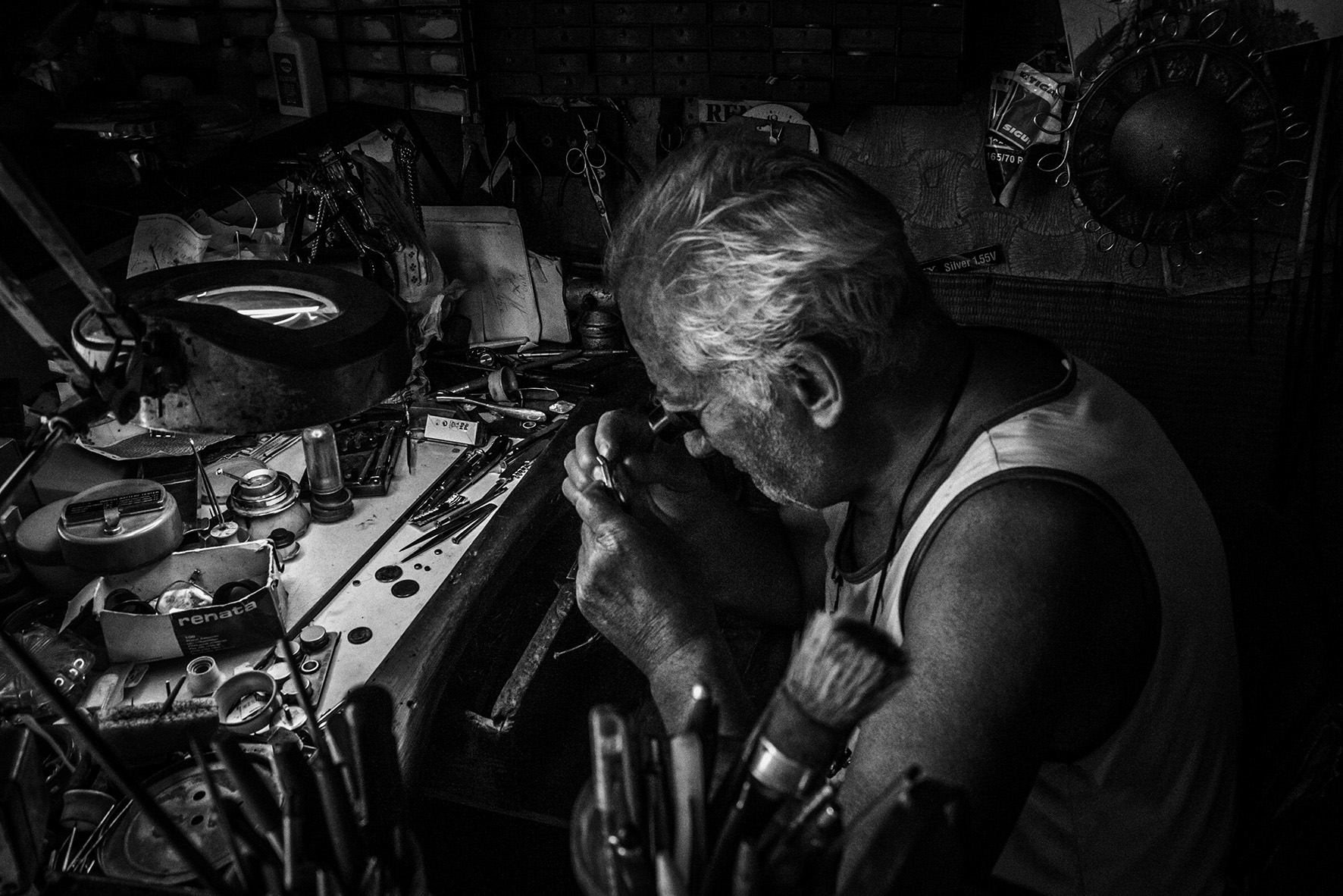
Interesting argument. I guess three comments. First, Sunstein is a very lauded lawyer, not an economist. He has worked with Richard Thaler (Nobel Laurate), but he has no training. Second, one of the problems with behavioral economics is the lack of testable propositions. Good descriptive ideas, but not something you can form a null hypothesis on. Thaler actually does do testable stuff – as does Kahneman (also a Nobel Laurate) – but this is not one of them. Third, there is always a “just as valid” counter argument – equally untestable. If watchmaking was such an unpopular way to approach promotion, and was boring, why are the order lists of artisan watchmakers full for the next decade or so? And why are second market prices increasing so rapidly? :)